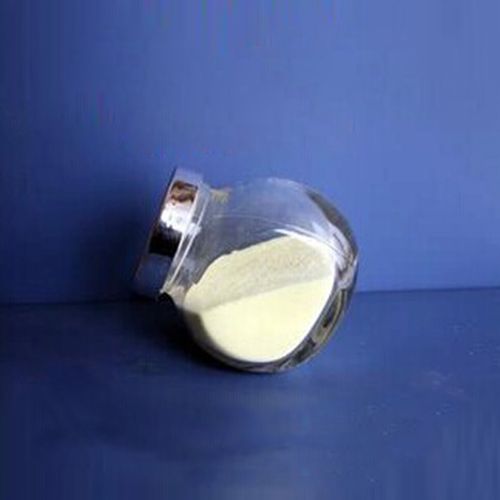Schematic diagram of ulinastatin structure ,Circle represents amino acid
group, square represents sugar group. Ulinastatin contains two Kunitz domains
with hydrolase inhibitory activity (shown in green and red, respectively), and
the two sugar chains linked to the peptide chain are the sulfated chondroitin
sugar chain and an N-linked oligosaccharide, while the gray indicates the
sulfated sugar.

Ulinastatin, also known as urinary trypsin inhibitor, is a kind of
glycoprotein from human body, which is involved in the regulation of
inflammatory response in blood. It is a kind of innate immune-related substance,
which can inhibit the excessive activation of white blood cells, protect
vascular endothelium and basement membrane, and inhibit the increase of vascular
permeability. It is clinically used as a therapeutic drug for acute
inflammation. The total content of ulinastatin in the blood is very rich, which
mainly exists in the former body form. The inactive precursor has a high
molecular weight and weak affinity with proteolytic enzymes. It is not easy to
be filtered out into the urine by the kidney, which is the way for the body to
store ulinastatin. Free ulinastatin has inhibitory activity on proteolytic
enzymes released in various inflammatory reactions, accounting for 2% ~ 10% of
the total content.
Pharmacological action of ulinastatin:
1. Inhibitory effect of enzyme can effectively inhibit the activities of
trypsin, -chymotrypsin, granulocyte elastase and cathepsin, and remove the
damage of hydrolase in blood to tissue cells;
2. Anti-inflammatory effects inhibit the release of inflammatory cytokines
and lysosomal enzymes, stabilize cell membranes of monocytes and neutrophils,
and reduce the release of inflammatory mediators;
3. Improving microcirculation and tissue perfusion inhibits the generation
of myocardial inhibitory factors, reduces the generation of kinidin, stabilizes
lysosomal membrane, and improves metabolic abnormalities.